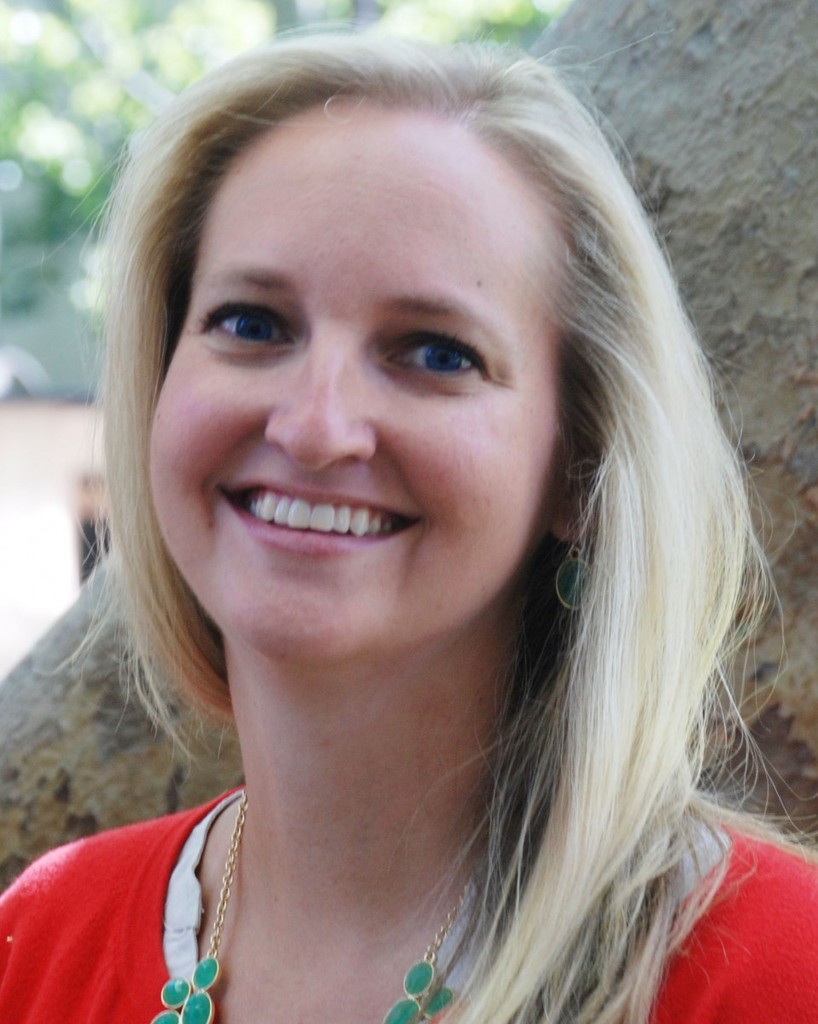Students in one Idaho school are taking dozens of field trips to educational sites around the world each school year. How is this possible, especially in tight economic times? The Idaho Education Network provides schools virtual access to visit these locations, where they can interact live with subject matter experts they may not otherwise have access to. Idaho Distance Education Academy (I-DEA) has harnessed this and other opportunities the IEN provides.
I-DEA is an online K-12 public charter school in its 10th year that serves a wide-range of students. The school provides an alternate school setting for students, such as those who struggle in a traditional brick-and-mortar school, need advanced opportunities, or may not be able to attend a brick-and-mortar school for medical reasons.
While the school serves approximately 700 students statewide, there are three regional resource centers: one in Post Falls, Boise, and Pocatello. Each regional resource center includes at least one IEN videoconferencing system. The Boise center also houses a mobile cart videoconferencing system made available in part by an IEN Innovation Award.
I-DEA’s main method of delivering courses is asynchronous, but in recent years the school has started using the IEN to incorporate live content in a blended learning model. For example, one science teacher lives in Mackay, but travels to the Boise center to teach science labs to the other two centers over videoconferencing for the first couple of weeks of the semester. The remainder of the coursework is delivered asynchronously over Moodle for the duration of the semester.
The largest use of the IEN at I-DEA is for virtual field trips. Students have visited more than 30 virtual field trip locations, sometimes multiple times, to hear from nationally renowned speakers or see first-hand live scientific procedures and historic sites. “When we first got the IEN, we just went nuts with the virtual field trips,” said Diane Neal, Lead Teacher at I-DEA’s Boise center. “Our students love them, and we’ve gone all sorts of places… As a teacher in a classroom, you don’t have all that expertise or access to artifacts that these museums do, nor could you ever afford to travel to them.”
Oftentimes, thecontent provider hosting the virtual field trip will send a hands-on kit for the students to work on during the field trip. During a trip to the Alaska SeaLife Center, students dissected squid sent ahead by the scientists. The “Journey of Milk” field trip by the Kings County Office of Education in California sent samples of cow feed for students to look at, feel, and smell.
On National Pearl Harbor Day, students visited the World War II Museum in New Orleans. Graham Salisbury, author of Under the Blood Red Sun, spoke with students about his father’s experience as an ensign in the Navy during the attack on Pearl Harbor. Students were then able to ask Salisbury questions about the attack and war, as well as ask questions about Salisbury’s process for writing a novel.
Virtual field trips are not the only benefit I-DEA has seen from the IEN. Last year, I-DEA high school students earned 72 college credits over the IEN and one student earned a Cisco certification. Neal said many parents find their high school student may be ready for college academically, but they’re hesitant for their student to take courses on a college campus with more mature students. Parents are less hesitant if their student takes the college course over the IEN with other high school peers. “This last graduating class we had more full-ride scholarships than we’ve ever had, and they’re students who took classes over the IEN and some even graduated with associate’s degrees. It’s because of the IEN,” explained Neal. “It gave parents peace of mind.”
Additionally, I-DEA uses the IEN to conduct monthly trainings and professional development live with staff from the three different locations. “It appears we save about $60,000 per year on professional development by utilizing the IEN,” said Jason Bransford, I-DEA Director. The cost savings in staff travel allows I-DEA to then provide their teachers more professional development.
So how can other school districts replicate the success I-DEA has seen with the IEN? Neal believes, in addition to be willing to try the network for the first time, schools should demonstrate the possibilities to parents. “Invite parents to come in and observe,” said Neal. “A lot of times we have parents sit in, and when they come out they say, ‘Oh my gosh, if I would’ve had this in school, I would’ve loved science,’ or ‘History would’ve been so much more fun if I’d had these opportunities!’”
Camille Wells is the content and communications director for the Idaho Education Network.

